Protecting nature brings the world closer to the Paris Agreement goals
Several landmark commitments have been announced on forests, mangroves, landscape restoration, nature finance and oceans, reaffirming that near-term action on nature is essential to delivering on the goals of the Paris Agreement.
A joint statement by 17 countries calling for sustainable use of wood in construction; More than 150 businesses and financial institutions announcing plans to set climate and nature targets under the Science-Based Targets Network and the Forest and Agriculture Framework; Brazilian President Lula da Silva and the COP28 President announcing a two-year partnership to mobilize new resources and policy support for nature in the run-up to COP30 in Belém, Brazil. These were three key outcomes of COP28.
“There is no way to implement the Paris Agreement and keep warming to 1.5oC without protecting and restoring nature, land and oceans. We must focus on working with indigenous peoples and local communities who manage these vital assets,” said HE Razan Al Mubarak, UN High-Level Champion on Climate Change at COP28.
More than $186 million in new nature and climate funding targeting forests, mangroves and oceans was announced on Nature, Land Use and Oceans Day. This funding builds on the $2.5 billion raised to protect and restore nature at the World Climate Action Summit (WCAS) at COP28.
Limiting damage to nature could provide a 30% opportunity to increase climate change mitigation action needed to keep warming to 1.5°C by 2030. Nature plays a vital role in reducing climate-related hazards, such as floods and fires. Protecting nature could also contribute $10 trillion in new business opportunities and create nearly 400 million new jobs.
At COP26, leaders agreed to halt and reverse deforestation by 2030 and earlier this year adopted the Global Biodiversity Framework (GBF), which aims to protect 30% of the world’s land and sea by 2030. These targets depend on investment and leadership from indigenous communities, which manage around 80% of global biodiversity.
Key Results
The key policy outcome of Nature, Land Use and Oceans Day was a joint statement by the COP28 Presidency and the Convention on Biological Diversity (CBD). The COP28 Joint Statement on Climate, Nature and People was adopted by 18 climate and nature leaders and 11 biodiversity partners on forests, mangroves and oceans. This signals a renewed commitment for countries to coordinate and implement their nature and climate strategies simultaneously.

At WCAS, Al Mubarak announced that the UAE will contribute $100 million in new financing for climate and nature projects, with an initial investment of $30 million to the Ghanaian government ’s “Resilient Ghana” plan. The UAE and Brazil will co-chair a two-year strategic partnership to link COP28 to COP30.
Following WCAS, there have been many announcements, including 30 countries becoming members of the Mangroves for Climate (MAC) Alliance since COP27, bringing the total membership to 37 countries, covering more than 60% of the world's mangroves.
Additionally, 21 countries formally endorsed the Mangrove Initiative, a collaborative effort between the Global Mangrove Alliance (GMA) and the United Nations High Level Champions on Climate Change to restore and protect 15 million hectares of mangroves globally by 2030 through $4 billion in financing.
At the same time, the High-Level Committee on a Sustainable Ocean Economy announced its membership in the Organization of American States, strengthening coordination to achieve a 100% sustainable ocean economy.
In addition, 15 governments have launched forest carbon credit and outcomes roadmaps, outlining plans to scale up investments in forest carbon credits and outcomes, highlighting the huge potential of forest carbon markets to scale up payments for climate and environmental services.
Source




![[Photo] President Luong Cuong attends special political-artistic television show "Golden Opportunity"](https://vphoto.vietnam.vn/thumb/1200x675/vietnam/resource/IMAGE/2025/8/22/44ca13c28fa7476796f9aa3618ff74c4)


![[Photo] Prime Minister Pham Minh Chinh chairs the conference to review the 2024-2025 school year and deploy tasks for the 2025-2026 school year.](https://vphoto.vietnam.vn/thumb/1200x675/vietnam/resource/IMAGE/2025/8/22/2ca5ed79ce6a46a1ac7706a42cefafae)







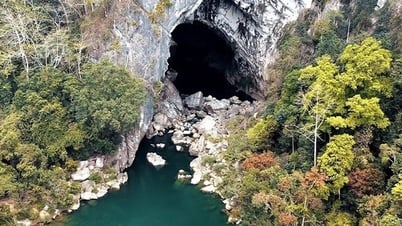









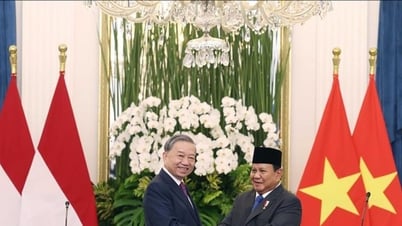






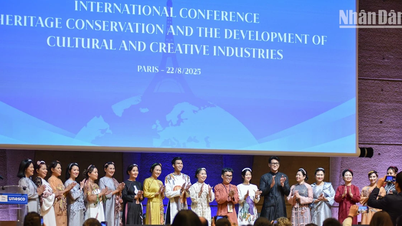


























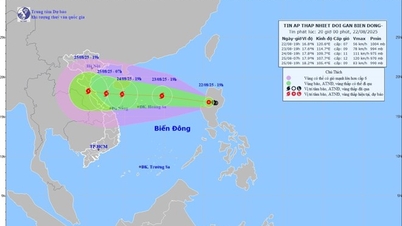

















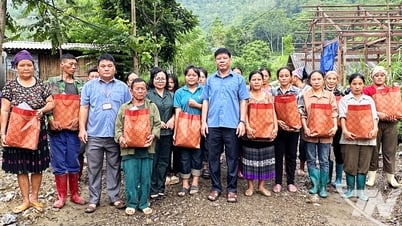

















Comment (0)